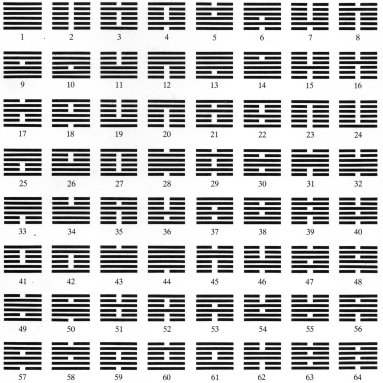Psychic talents, those that can see the dead, reincarnation and time travel, scrying, witchcraft are common features of many YA and paranormal stories. But there are many paranormal phenomena and abilities that are less popular in YA and paranormal fiction. Maybe because they have older roots and aren't seen as 'modern' or perhaps because they aren't as interesting. But like I did with my Mythical Creatures post, I'm going to champion some less popular phenomenon and talents. Don't get me wrong, I'm not necessarily a firm believer in these phenomenon (I always like a little theory or proof - even in fiction), but I do like diversity and something different in a genre that be saturated with similar themes. So, could this be the future of paranormal fiction?
Crop circles
Despite its connotations with aliens, I'm always amazed at the crop patterns that are produced (no matter how they are done!). The earliest recorded image resembling a crop circle was depicted in a 17th century English woodcut called the Mowing-Devil. The image depicts the Devil with a scythe mowing a circular design in a field of oats. The pamphlet stated that the farmer, disgusted at the wage his mower was demanding for his work, insisted that he would rather have "the devil himself" perform the task.
*****
Bi-location
*****
Bi-location
Bi-location is the ability to be in two places at the same time, in a physical rather than spiritual ability, making it different from astral projection. Bilocation is an ancient phenomenon, claimed to be practiced by mystics, ecstatics, saints, monks, holy persons, and magical adepts.
*****
Remote viewing
Remote viewing is the practice of seeking impressions about a distant or unseen target using paranormal means, in particular, extra-sensory perception. For example, a remote viewer might describe a location on the other side of the world which they have never visited; or an event that happened long ago.
*****
I-Ching
The I-Ching, or Book of Changes, is one of the oldest of the Chinese classic texts, and contains a numerological divination system. The I-ching incorporates even numbers as Yin, and odd numbers as Yang. In the hexagrams, Yin is represented by a broken line, Yang is represented by a whole line. To use the I-ching coins for divination, one side is designated as Yin, the other as Yang. Tossing the coins, and recording the results, forms the hexagram from the bottom line up. Once you have formed your hexagram, then it is time to turn to the Book of Changes for the meaning of that hexagram. There are sixty-four possibilities.
*****
Carromancy
Carromancy from the Greek carro, 'waxen', and manteia, 'divination', is a form of divination involving wax. One of the most common methods of carromancy is to heat wax until molten, then to pour it directly into cold water. The shapes and movements of the wax as it cools and solidifies can then allegedly be read to forecast auguries of the future.
Carromancy also has roots in ancient Celtic times. According to scraps of knowledge salvaged from around the period CE 500, it appears that the candle burned during a druid's vigil was poured into a bowl and then into a clear pool of cold water. The auguries for the future could then be read.
I actually tried this back when I was a teenager and watched The Craft far too often - my friends and I poured wax into water to see what the initial of our husbands' first name would be. I've no idea what the letter was, but at the time it was good fun.














